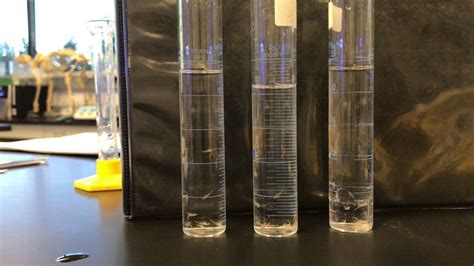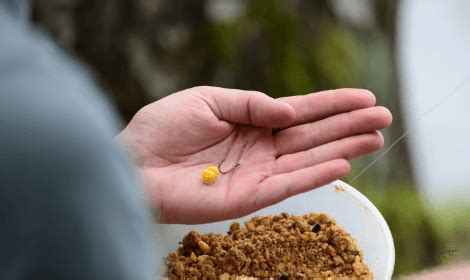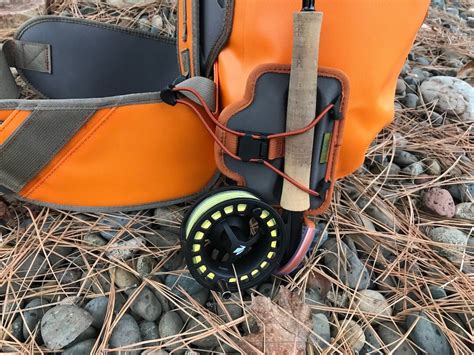Shrimp cultivation and transportation involve meticulous care, ensuring optimal conditions like a density of 65 g/L, a temperature of around 25°C, and a dissolved oxygen concentration of 5 mg/L. Observing closely, one can notice the darker material in a shrimp’s head – its brain. Post-cultivation, shrimp are stored in ice within insulated containers and transported via different modes. Short distances are covered by small pick-up trucks, while longer routes involve large insulated trucks, directing the shrimp either to processing plants or markets.

Shrimp Aquarium Products (ebay ad)
Ornamental shrimp, such as Neocardina Davidi and Cardina, form a part of diverse and colorful collections. Contrary to common belief, shrimp can tolerate various pollutants, making them suitable for both high and low-quality ponds. Their diet is crucial, with Mysis shrimp recommended as 90-95% of their intake. Shrimp play a vital role in different cuisines, including Japanese, Cantonese, Vietnamese, Mediterranean, Filipino, and Hawaiian.
In culinary contexts, simple yet elegant presentations of shrimp are notable. For instance, Noma in Copenhagen, under chef René Redzepi, served a pre-lunch snack of two-inch live shrimp in a pickle jar filled with ice. This highlights the creative ways shrimp can be incorporated into gourmet dishes.
Lastly, the role of shrimp in aquariums and natural ecosystems is significant. They feed on microscopic planktonic algae and can coexist with various fish species. Their breeding potential is high, and under the right conditions, they can rapidly multiply in numbers. Shrimp also serve as a food source for other marine organisms and play a crucial part in the aquatic food chain.

